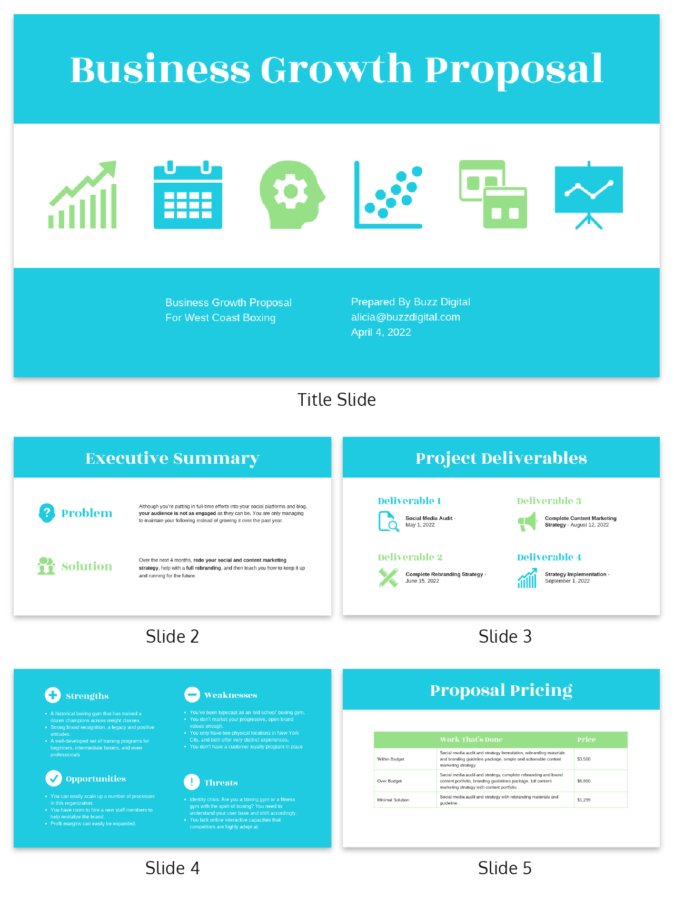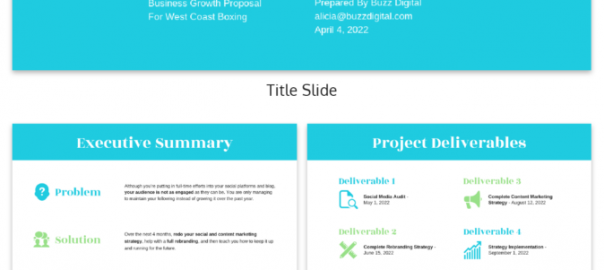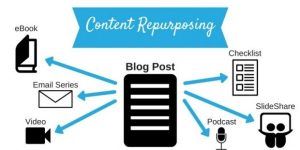— April 2, 2019
New to consulting and stressed about how to close your first deal? Or maybe you’re overwhelmed by juggling your first projects and the constant need to chase new work.
Luckily for you, your competition is probably making some serious proposal mistakes that are costing them business.
In this article, we’ll show you how newbie consultants can win the proposal game and scoop up business their competitors are leaving on the table.
1. Get In Front of the Right People
Even the best-written proposal will be dead in the water if you don’t lay the proper groundwork first.
Before you type one word, make sure:
- You have the right contact
- You’re offering the right service
- The timing is right for your service
The best way to figure that out? Cold email or call the potential client. A bit scary, but it’ll save you loads of time in the long run–no writing endless proposals that get zero response.
Ask if there’s an issue they need help with right now that’s a match for your expertise. Then, present how you could solve that problem for them. Be sure to ask what their timeline and budget is, too.
Once the client says they’re interested, tell them when you’ll send the proposal to them and what it’ll include.
Be clear you’ll expand more on ideas you already suggested. There should be no surprises for the client in your proposal. Surprises will make it much easier for them to say “no.”
2. Stick to a Winning Structure
Your proposal should be incredibly clear and logical, so the client understands immediately how you’ll add value to their business.
That can be a lot harder to achieve when you have wall after wall of eye-glazing text.
First off, do yourself a favor and use a pre-made consulting proposal template. It’ll give you an instant structure to work with and keep you focused on content that sells–what the project will involve and the ultimate benefit to the client’s bottom line.
A winning proposal should include:
- Project Overview: the issue the client’s facing, as discussed in your initial call/email
- Deliverables: results and how this will benefit the client’s company. Use bullet points.
- Project Schedule: start date, milestones and completion date
- Responsibilities: yours and the client’s, including resources they’ll need to make available to you
- Pricing: your base price
- Terms and Conditions: whether you require a retainer, when you’ll invoice, how you’d like to be paid and when, potential extra costs (for travel etc.)

An attractive template will also help establish your personal brand.
If you’re new to proposal writing, you’ll probably also need help avoiding typos, bad word choices, jargon and confusing sentences. So don’t forget to check your grammar using Grammarly or a similar service.
3. Demonstrate You Can Solve the Client’s Problem
New consultants need to focus on how they’ll solve the client’s problem. Don’t bury it deep in your proposal–include it right in the project overview. State the outcome and ROI.
The client needs to be absolutely sure that by hiring you they’re making a sound investment.
For example, you’re a social media consultant who specializes in B2B healthcare marketing campaigns. You’re proposing to help a company that’s experiencing turnover in their marketing department. They made a series of bad hiring decisions and their revenue is suffering.
Use SMART goals in your proposal to show that you are strategic and guarantee a measurable win.
For example:
- I will increase your organic blog traffic by 15 percent in Q1, registrations by 10 percent and upgrades by 5 percent . This will increase revenue by x percent.
4. Keep It Short and Sweet
Your client doesn’t want to read a 25-page proposal. He or she doesn’t even want to read a 10-page proposal.
But, a two to three-page proposal? Perfectly doable.
Again, a proposal maker or template will help rein in any wordiness. They’ll help you focus on the client’s immediate needs and project deliverables.
You can also keep things short by always focusing on how your services are different and uniquely valuable to the client.
If you find you’re writing about your background, your past clients, anything to do with just you and not the client’s problem, you’re getting way off track.
The Takeaway: Make It Easy for the Client to Say “Yes”
B2B clients can be risk adverse. A 2018 survey by Demand Gen found that 45% of B2B buyers “are spending more time researching purchases compared to last year.”
By being specific in your proposal about what you’ll provide and how it’ll solve the client’s problem, you’ll make it much harder for the client to say “no.”
Business & Finance Articles on Business 2 Community
(57)






